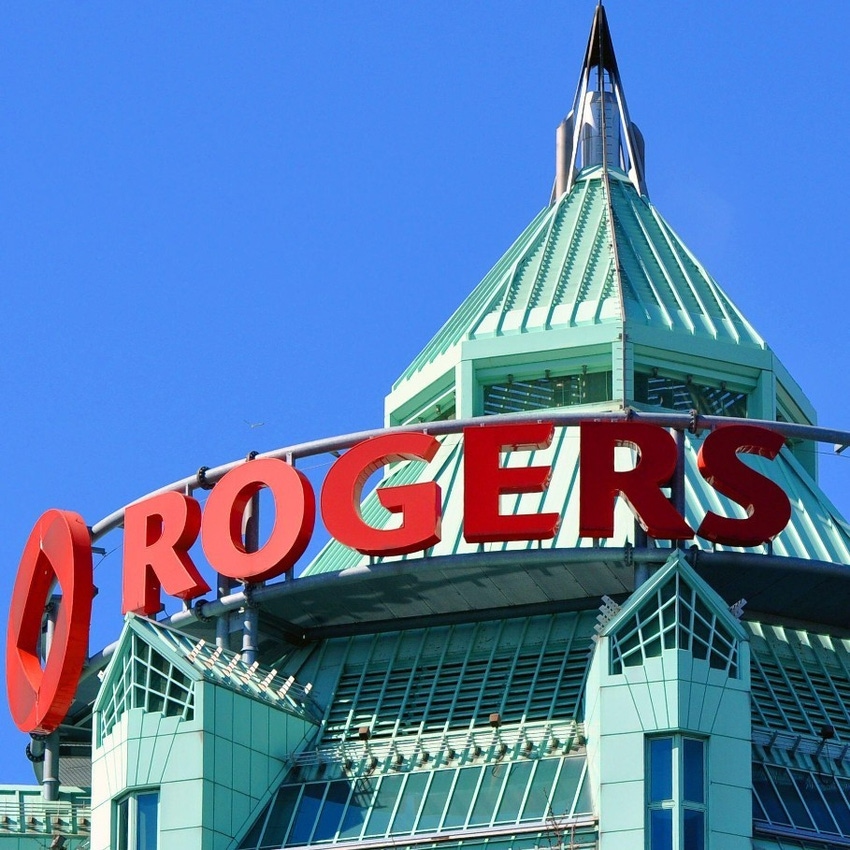Rogers unleashes 2.5-Gig speeds on fiber, preps 8-Gig launch
In wake of lab and customer trials, Canada's Rogers expects to launch a fiber-fueled 8-Gig service this summer to 'select areas' of Ontario, New Brunswick and Newfoundland. Execs stressed that Rogers is not abandoning DOCSIS 4.0.

Canada's Rogers Communications took another step down the "10G" path this week with the launch of a symmetrical 2.5-Gig speed upgrade along with a "production test" of symmetrical 8Gbit/s speeds delivered over fiber.
Rogers said the 8-Gig fiber network lab and customer trials marked a "major milestone" in the company's path to 10-Gig services. The cable industry has latched onto "10G" to signify a plan to deliver symmetrical 10-Gig speeds over fiber-to-the-premises (FTTP), hybrid fiber/coax (HFC) or wireless access networks, paired with enhanced security and lower latencies.
Figure 1:  (Source: Paul McKinnon/Alamy Stock Photo)
(Source: Paul McKinnon/Alamy Stock Photo)
Other major North American cable operators have been advertising trials focused on the 10G goal. Charter Communications recently announced a DOCSIS 4.0 trial hit downstream speeds of 8.5 Gbit/s and upstream speeds of 6 Gbit/s. Comcast's latest DOCSIS 4.0-based network and modem trial delivered symmetrical speed of 4 Gbit/s. GCI, the Alaska-based operator that has already launched a 2-Gig (downstream) product, has 10G in its sights amid plans to upgrade its HFC plant to DOCSIS 4.0.
The commercial debut of Rogers' 8-Gig service is not too far away. The operator said the offering, to be marketed under the "Ignite Internet" brand, will debut this summer to customers in "select areas" in Ontario, New Brunswick and Newfoundland.
Rogers announced the coming 8-Gig launch a couple of weeks after rival Bell Canada launched a symmetrical 3-Gig service delivered on fiber in "most areas of Toronto." Bell, which is wielding the new offering as a competitive foil against Canadian cable operators, said it intends to bring 3-Gig to more regions across the country "soon."
Meanwhile, Rogers this week launched a fiber-based, symmetrical 2.5Gbit/s service in parts of Ontario, New Brunswick and Newfoundland. Existing customers on Rogers' 1.5-Gig GPON service will be automatically upgraded to 2.5-Gig speeds, the company said.
Not abandoning DOCSIS 4.0
Rogers' latest broadband speed moves focus on FTTP, but execs stressed that DOCSIS 4.0, an emerging platform for HFC that will support multi-gigabit speeds, factors into the plan.
"We are certainly not abandoning DOCSIS 4.0," Rogers President and CEO Tony Staffieri said Wednesday (April 20) on the company's Q1 2022 earnings call. "This is going to be a terrific enhancement to what I would describe in places we have mixed fiber and coax ... There are many areas where we have complete fiber, and in those areas we take advantage of GPON and the capabilities of fiber."
"We have multiple tools in the toolbox that we use depending on where it makes sense," added Rogers CTO Jorge Fernandes. "We're very happy with the progress that we're making on DOCSIS, both in terms of what we have available on DOCSIS 3.1 and also with DOCSIS 4.0."
Related posts:
— Jeff Baumgartner, Senior Editor, Light Reading
About the Author(s)
You May Also Like












